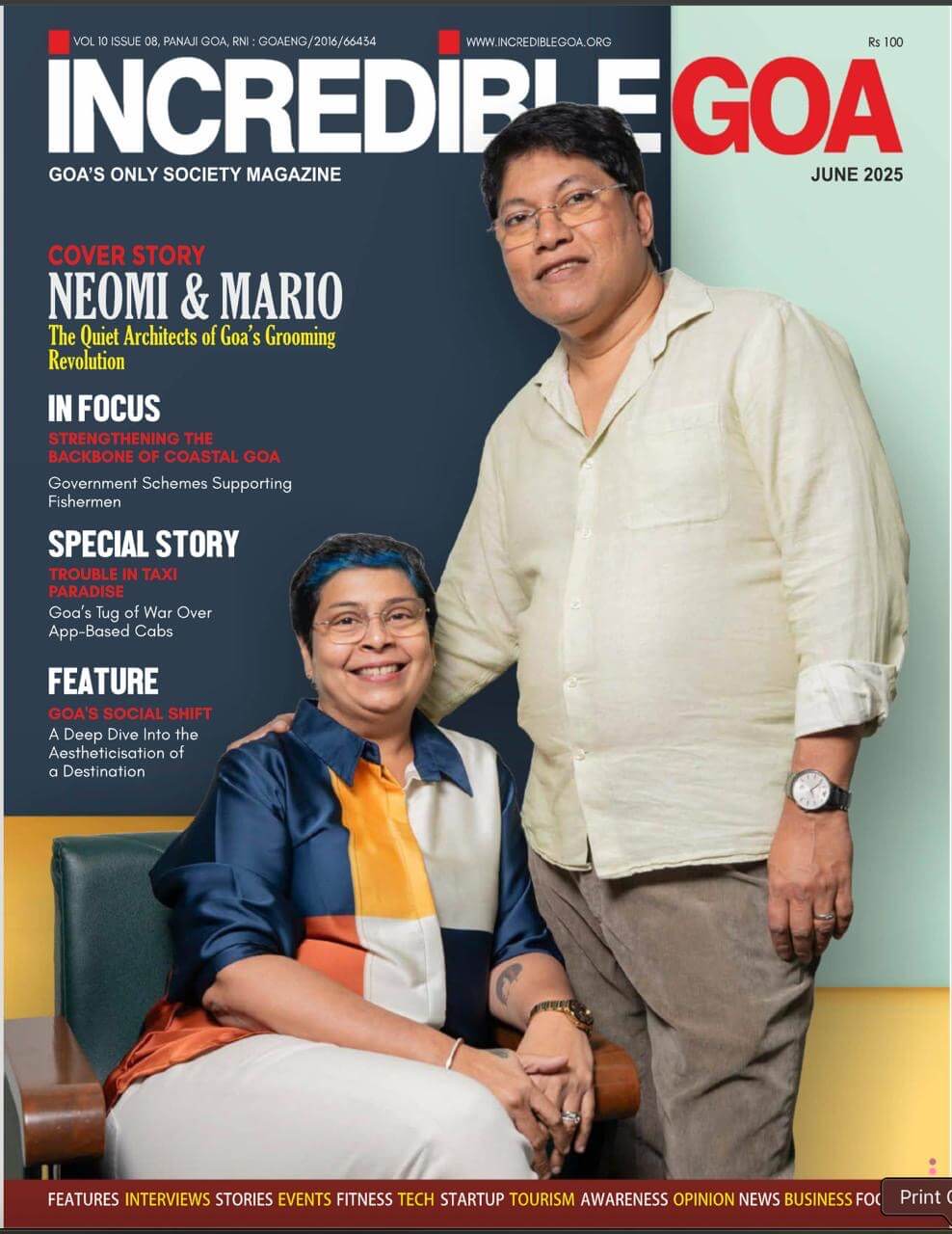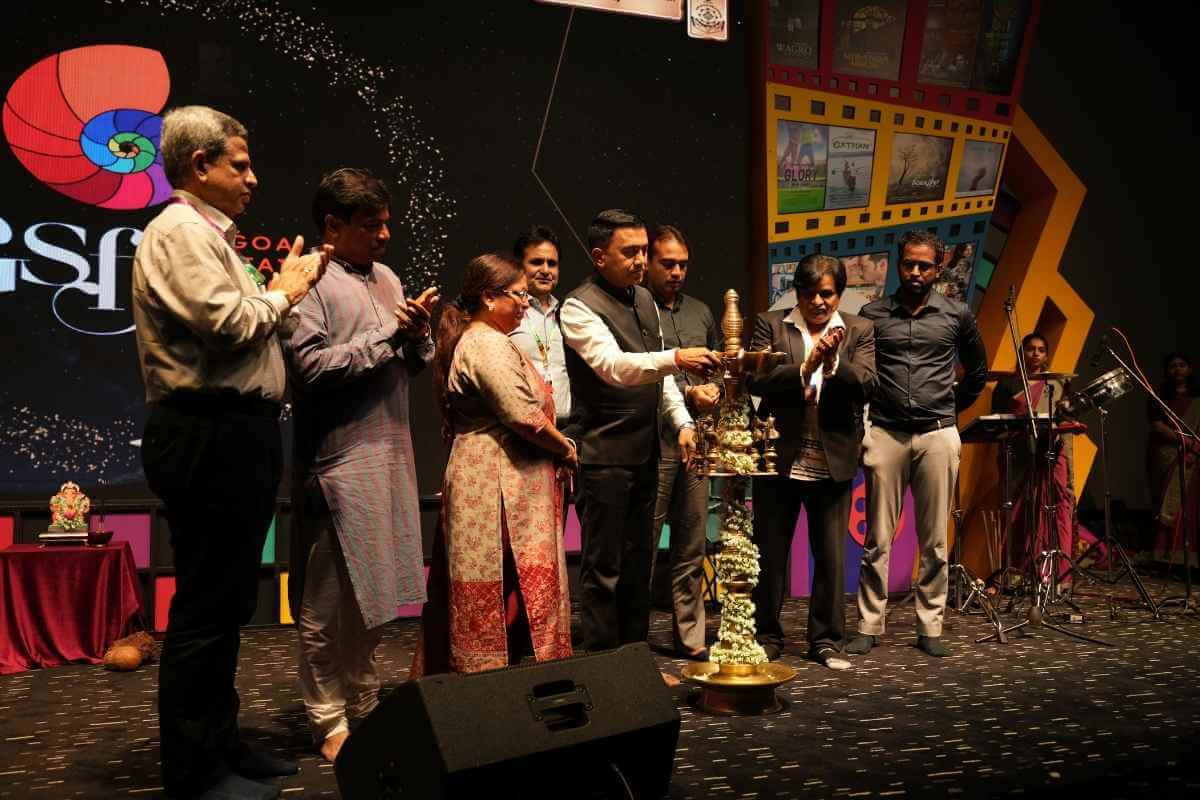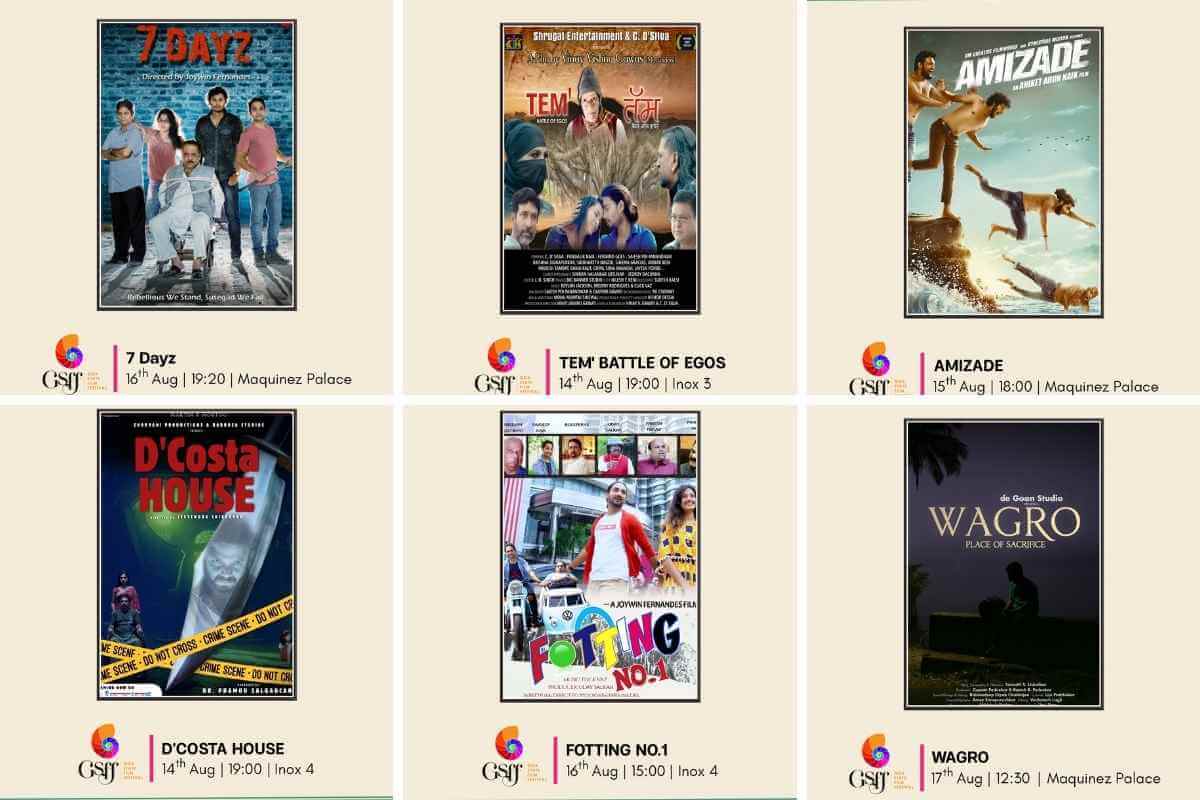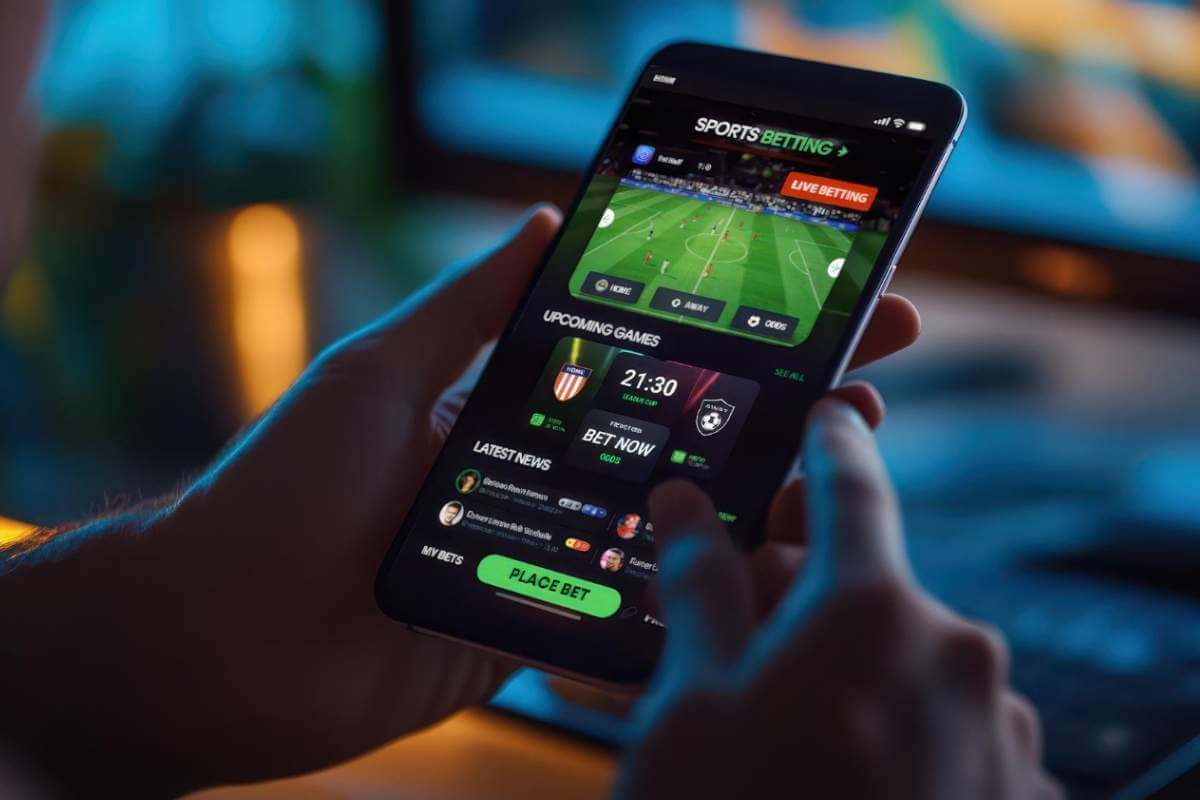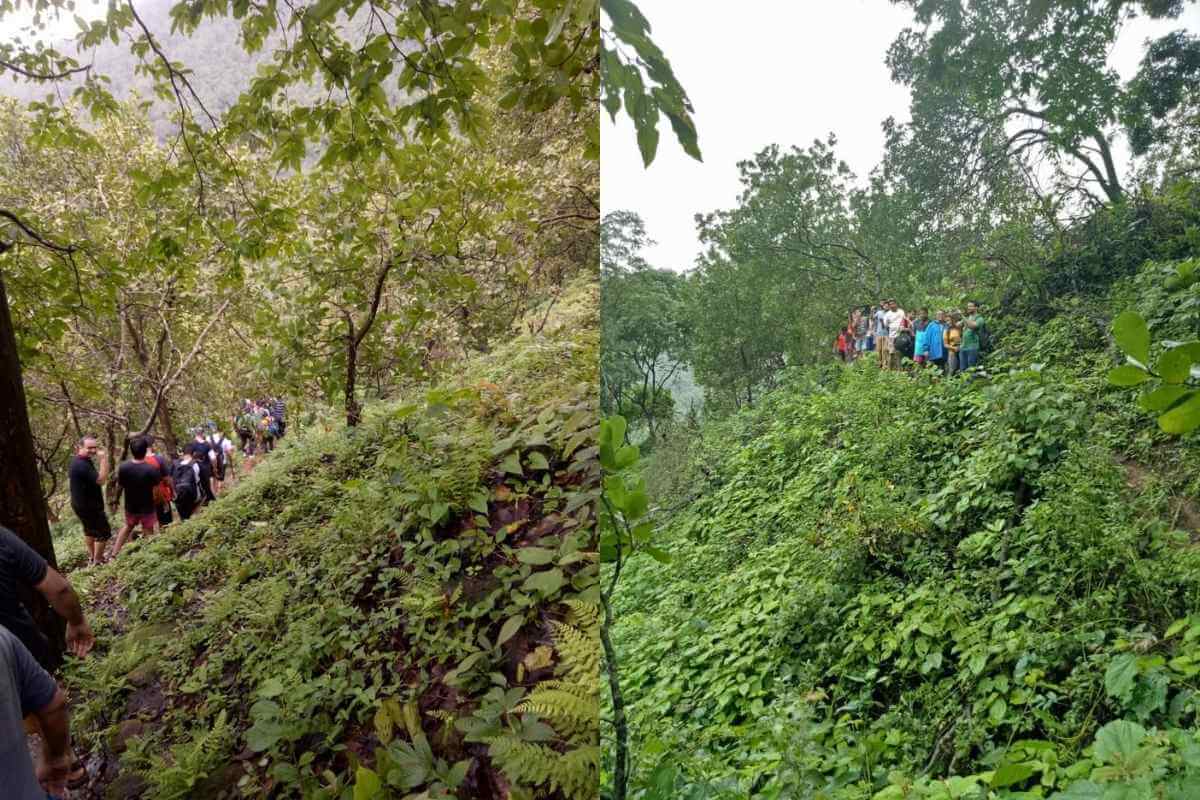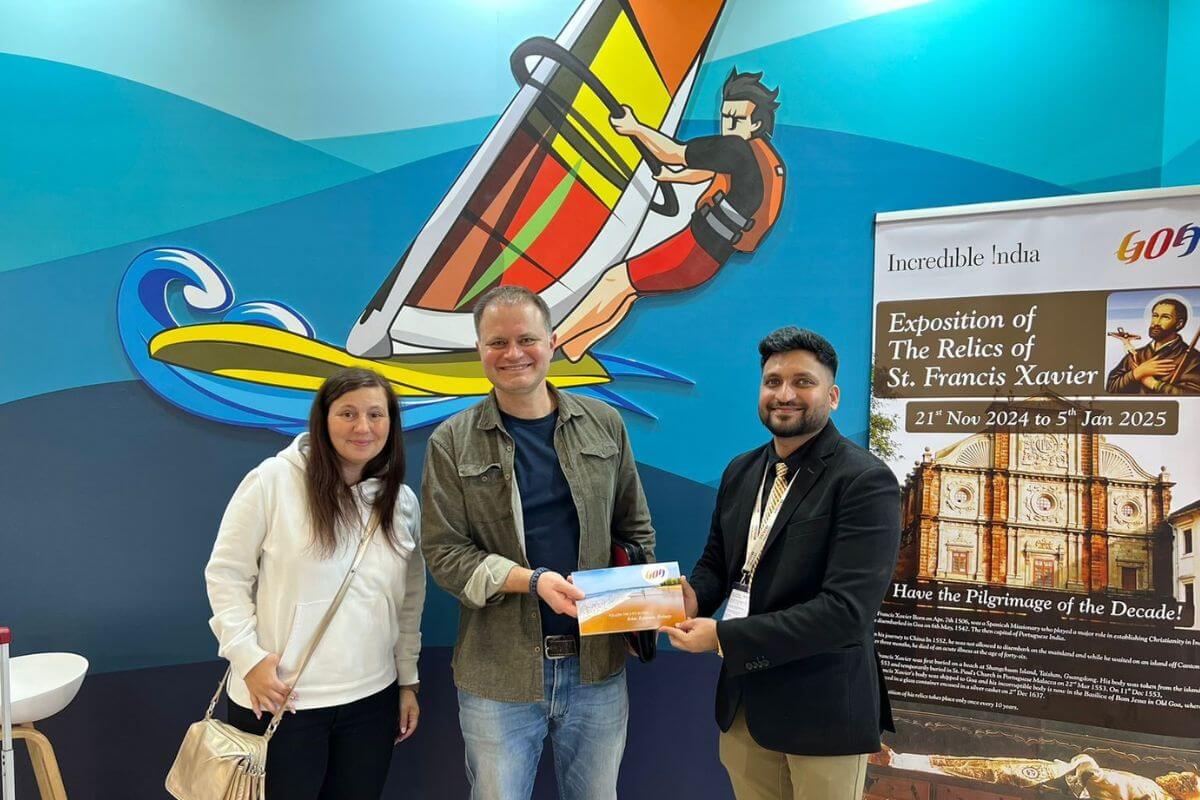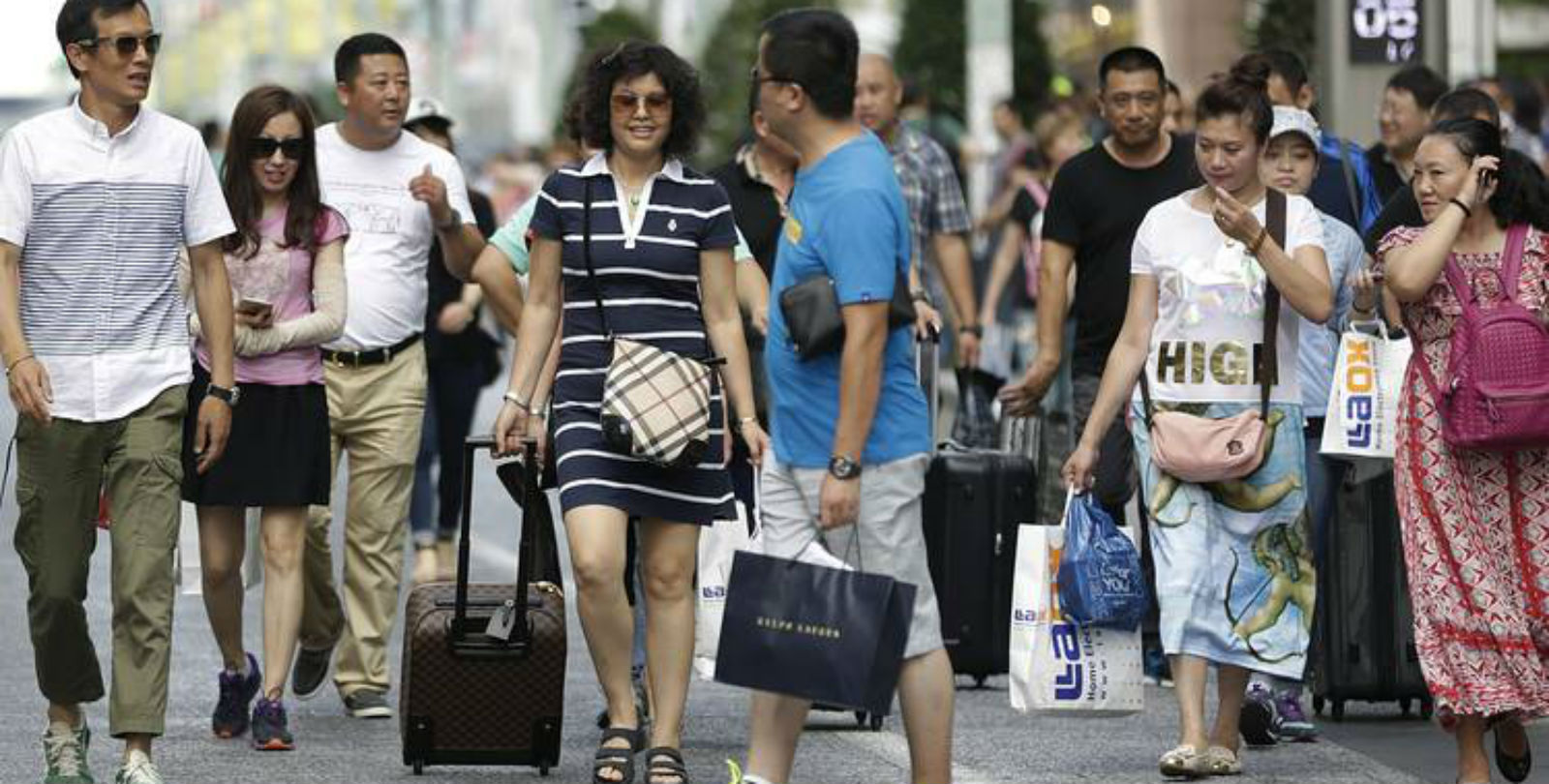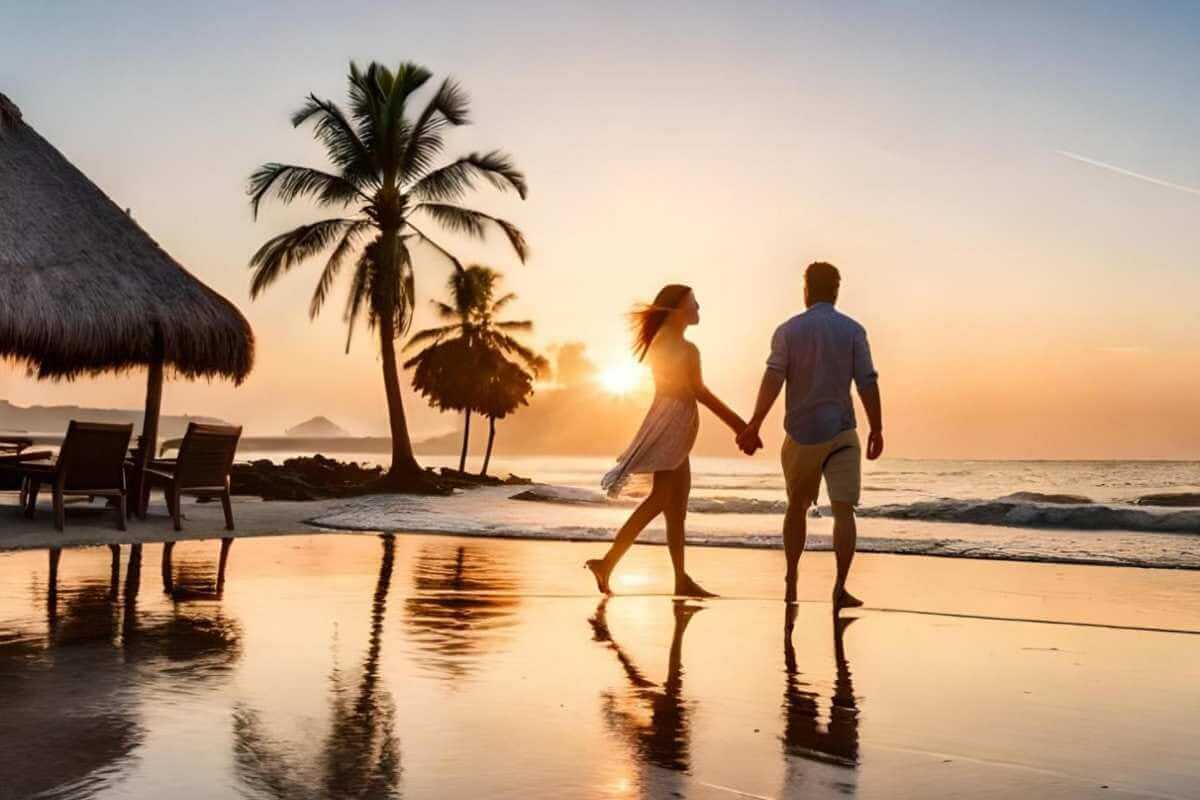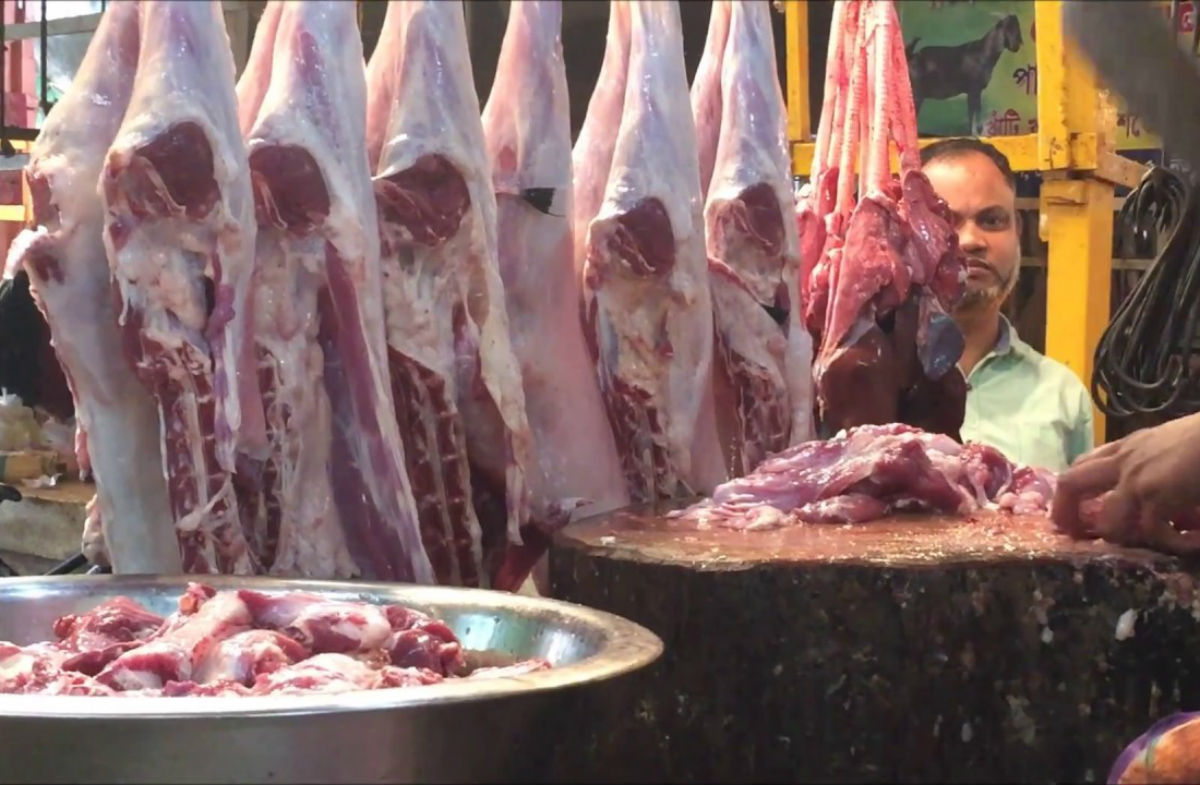It should come as no surprise that India, a country with many different religions and traditions, also has a great diversity of art, music, and dance. Goan folk dances have a vibrant, rich artistic past and are renowned for their upbeat displays. While Portuguese music and cotillions’ impact on the home civilization helped give rise to new forms, the traditional ethnic music, and cotillions remain alive unabatedly. Attending local traditional tunes or seeing an ethnic dance event is the finest approach to fully exploring and comprehending the customs and traditions of a location in a nation.
You’ve found the perfect link if the location you’re referring to is the state of Goa. The outlook and manner of life of the locals in the state are intended to be reflected in the Goan ancient folk dances. You can practically see the Goa people’s rich cultural and historical past reflected in their traditional dance performances.
Dhalo
One of Goa’s most well-known rural folk dances is this one. The majority of the time, except on special occasions or during celebrations, the Dhalo is the preferred dance of the women residing in the state’s rural areas. A starry December night is the primary opportunity for women to execute this form of dance, aside from that. After supper, a group of around a dozen ladies congregate in the garden of a residence and perform traditional songs that incorporate both social and religious themes. Overall, this folk dance is a lot of frivolity and joy. A fantastic decision would be to attend a live show.
Origin Story of Dhalo
‘Rambha’, a brief drama or performance, is performed to close the festival. A total of 21 Rambha sisters desire to see their only and sole brother in this story. The sisters range in age from 14 to 65.
They all assemble on the balcony and yell for their brother. They all greet the brother when he shows up on the roof in response to their summons. In the Dhalo dance form, this is the only role for a male character. Beyond this, no guy is allowed to participate. The male lead is referred to as “Bandhav”.
How is Dhalo Dance Performed?
In the Dhalo folk dance of Goa, young girls and women from rural households create a half-circle by connecting their hands behind each other’s waists. This is especially talking about the choreography and performance of this Goan folk dance. Once they are in this position, they sway in tune with the rhythms of the folk music or the instruments used in rural settings.
Dekhni

You may find this Goan folk dance, which is also quite popular, all around the state. Speaking regarding the dance form’s unusual name, Dekhni takes its literal meaning from the Konkani tongue as “bewitching beauty.” The Dekhni dance is essentially regarded as the customary cultural dance performed by those Christians who previously adhered to Hinduism but converted to Christianity during Portuguese authority. These individuals are attributed with creating this Goan traditional folk dance, based on histories and customs.
This lovely Dekhni dance is solely performed by female dancers. Every time this dance is done, ghumat is included. You’ll also be happy to learn that the music accompanying this dancing style is a beautiful fusion of rhythm and melody from both Indian and Western styles.
Dekhni Dance Origin Story
One of the most well-known tunes for the Dekni dance is Hanv Saiba Poltodi Vetam. Carlos Eugenio Ferreira is the author. This song was originally released in Goa in 1926 after initially appearing in Paris in 1895. The boatman declined to ferry the dancer over the river because it was too turbulent that day, according to the song.
The woman then handed him her gold earrings in response, but the boatman refused to comply with her request. The boatman then agrees to take the dancer over after the dancer performs for his enjoyment. This song served as the model for Rishi Kapoor’s “Na Mangu Sona Chandi” in the film Bobby.
How is Dekhni Performed?
A group of females holding clay oil lamps in their hands perform the Dekhni Dance. Bharatnatyam and Kathak have adopted several Dekni motions. It is sometimes referred to as a semi-classical folk dance because of this.
In this dancing style, these females are portrayed as God’s slaves. It depicts a devadasi’s way of life. Devadasis used to do performances upon request on joyous occasions and in temples.
Fugdi
This Goan dance, often referred to as “Foogdi,” is incredibly well-liked, especially among the state’s female population. This form of dancing is allegedly dedicated to the Hindu deity Lord Ganesha. Additionally, no special occasion or celebration is necessary for the formation of this dance. This dance is performed by people at any moment to convey their joy or their belief in God. However, this traditional dance is mostly noted for enlivening the state’s August and September months. If you’re curious about the origin of the strange name of the dancing style, it gets its name from the joyful ‘foo sound that is generated when the dancers attempt to mimic the music.
Fugdi’s Back Story
People had few options for amusement in former times. They occupied themselves by dancing and listening to music.
Indian folk dances are not professionally choreographed. It is a quality that people have that through time has been transformed into a dancing style. Folk dances don’t need to be learned before being performed.
These dances provided entertainment for indigenous communities. These dances can be done for a deity such as a rain god, harvest god, or a god who vanquished a demon and protected their village, or they can be performed purely for enjoyment.
Additionally, some dances are done at joyful events like festivals, weddings, delivery, etc. These dance styles encourage joy and happiness among dancers and others around them. Different folk dances are connected to various cultural traditions. One dance, for instance, is performed to arouse passion and seduction, while another is used to appease a god.
How is Fugdi Performed?
The ladies of the shepherd tribe begin this dance style by giving thanks to the Hindu gods. They then move gently while chanting loudly, and the pace of the dance gets faster every second. The term Foogdi or Fugdi was given to this custom because the peak of the dance and the rapidity of the hands and legs movement causes the women to breathe out loud with an audible “Foo.”Women also do the Fugdi dance while holding coconuts in their palms to symbolize their respite from gathering drinking water from drilling as well as additional water sources in a far-off town or hamlet. Even though this Goan folk dance is extremely well-known, it is not as simple as it first appears. The participants in this dancing style are required to keep spinning until one ultimately passes out and sits down.
Kunbi Dance
One of Goa’s oldest folk dances to be discovered is this one. The early inhabitants of Goa were the ones who mostly practiced this type of dancing. Even the name of this traditional dance honors the ‘Kunbis’, or early settlers, who lived there. They are essentially a hardy tribal group that predominately inhabits the Salcete taluka area of the state. This community’s traditional music and dances often date back to the time before the arrival of the Portuguese. Rather than being motivated by religious feelings, they are more social. The Kunbi dance is done by the female dancers of the tribe, as far as the performers of this dance style are concerned. The female dancers donned their traditional attire for this performance.
How is Kunbis Performed?
While executing this dance, women move swiftly in a group while still maintaining a highly elegant gait. The coordination and step calculations are excellent.
It is fair to infer that the dance was performed just for enjoyment since it did not include any religious songs or rituals. Men play instruments in the background while ladies alone participate in this dance.
Origin of Kunbi
The chronicle of the Kunbis’ social rank is more than astonishing, and their history is rather fascinating. The origin, occupation, and state of domicile of a single-family determine the area and caste status of the Kunbis, a self-reliant society. They follow both Christianity and Hinduism, including Folk Hinduism. Kshatriyas, Vaishyas, and Shudras are the three different types of Hindu Kunbis, depending on their profession and lineage. In India as well, Kunbis are now holding two distinct reservation categories.
Between 1674 and 1680, some Kunbi villages participated in the Maratha Empire’s armed forces led by Chhatrapati Shivaji. During this time, Kunbis began to identify as Marathas and took up Sanskritization (the process by which castes or tribes lower in the caste system seek upward mobility by imitating the traditions and customs of the dominant or upper castes). Due to British colonial influence, the Maratha-Kunbi group was formed in the early 20th century when the boundaries between the two groups were no longer well-defined. They presently make up a sizable segment of the agricultural caste in Maharashtra.
Lamp Dance
Could you skillfully dance to tunes while holding a lighted metal lamp on the top of your head? No, we’re not joking; this is a genuine Goan folk dance. The dance style is called after the brass lamps that are used to conduct the dance because lamp balancing is an essential component of the show. In terms of the music type used to execute the Lamp Dace, it is often instrumental. The melody is brought to life by a variety of traditional instruments, including the ghumat, harmonium, cymbal, and samael. Despite how fascinating this Goan folk dance may seem, it is very challenging.
Origin of Lamp Dance
Lamp dance’s precise ancestry is unknown, but it rose to prominence as a form of entertainment and creative expression in the late 20th century. Dancers manipulate and dance with lit items, frequently utilizing lamps or lanterns that have been expressly made for the purpose.
The traditional Chinese dance form of lantern dancing has had a considerable effect on lamp dance. Since ancient times, Chinese lantern dances have been presented, especially at joyful events like the Lantern Festival. During these dances, performers hold and control lanterns to produce ethereal and elegant motions.
Lamp Dance Performance
In a troupe of nine to eleven individuals, samai dance is performed. The tunes are performed in the dialect of Goa. While dancing, the performers sing to themselves.
Samayi dancers walk slowly as they attempt to balance the lights on their heads. Because the performer cannot allow the lamp to go down while dancing, this form of dance demands a lot of practice. Dancers put on a show while doing beautiful moves to folk music.
Goff

Goff dance would come as a nice surprise to you if you assumed that all of the folk dances of Goa were just about the religious festival or social feeling. The state of Goa is no exception to the fact that agriculture is one of the most important professions in the nation. The hard-working farmers and laborers of Goa may celebrate their accomplishments by dancing. You may interpret the Goff dancing style as a celebration of a plentiful harvest that the farmers take part in. Viewing a Goff dance performance captures the thrill of the crowd following a successful season of a wonderful show with a variety of brightly colored clothes, a large number of people, happiness, upbeat music, and laughter.
How is Goff’s Dance Performed?
The dance form’s performance is a little distinctive, much like the original idea that inspired it. There are two aspects to the dance performance. You’ll see that each dancer will be carrying a bright rope that hangs in the middle of the mandor, which is where the show takes place, as they execute the first part of this traditional dance. During the performance, the other performers assist the dancers in creating a complex braid. In the second part of the Goff dance performance, the dancers will move in a manner that is different from the first part to unravel the elaborate braid that they initially braided.
All of the strands will be straight again by the conclusion of the performance thanks to the dancers’ amazing synchronization.
People typically picture enormous groups dancing only to trance, techno, rock, or other comparable music forms when they imagine Goa dances. We’ll be happy to let you know, nevertheless, that the state has an alive culture and folk dances that are admirable. Outside those late-night beach celebrations, the Goan dances are far more extensive. A Goan dancing performance is quite delightful to see!









